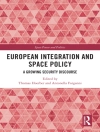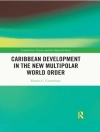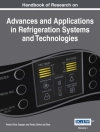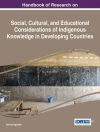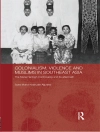Through the use of careful explanations and examples, Berry shows the reader how to consider whether the assumptions of multiple regression are actually satisfied in a particular research project. Beginning with a brief review of the regression assumptions as they are typically presented in textbooks, Berry moves on to explore in detail the ‘substantive’ meaning of each assumption (such as lack of measurement error, absence of specification error, linearity, homoscedasticity, and lack of autocorrelation). Aimed at improving social science applications of regression, this volume is a must for every student′s and researcher′s library.
Mục lục
Introduction
A Formal Presentation of the Regression Assumptions
A `Weighty′ Illustration
The Consequences of the Regression Assumptions Being Satisfied
The Substantive Meaning of Regression Assumptions
Conclusion
Giới thiệu về tác giả
Ph.D., University of Minnesota, 1980. Major research and teaching interests include public policy, budgeting, state politics and research methodology. Berry’s primary areas of interest are public policy, American state politics, and research methodology. Throughout his career, his work has focused on explaining why governments make the policy choices they do, and improving the methodologies available for studying policy making. Among his current research projects are analyses of the impact of electoral competition on the policy choices made by state legislators, and the effect of state welfare policy on poverty in the United States. Berry’s current research on methodology focuses on the development of techniques for estimating econometric models with binary dependent variables, and methods for studying policy diffusion using geographical information systems. Berry has also been working for several years collecting data on outcomes of all state legislative elections in the U.S. since the 1960s; he has begun to use these data to study the behavior of challengers in state legislative elections, and the role of partisan and incumbent protection goals in determining the nature of redistricting in state legislatures.


